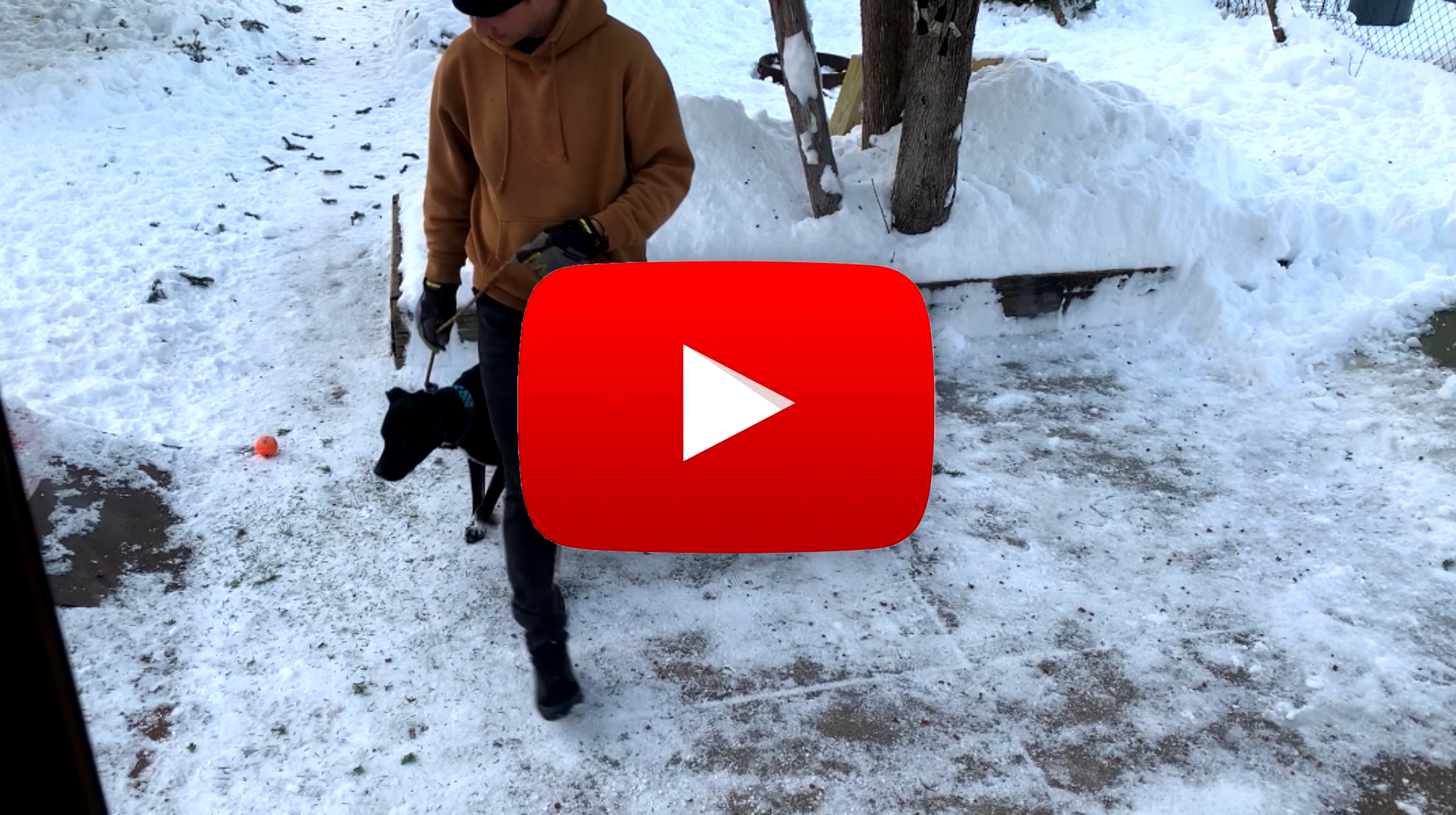Week 2 Newsletter
Congrats on making it through week one! 🥳
Even if you’ve stumbled a bit, missed days, haven’t started yet, it’s ok. This challenge is about growth and connection, not checking off a to-do list. You can hop right back in!
If you are struggling to get out there with your dog, I get it. I’ve been there too. Please don’t give up on yourself. At some point (here or elsewhere), if you keep searching, you will find your path.
Let’s get into week 2!!
Continue the praise exercise before and after every walk.
I suggested 10+ minutes last week. If you’re still smoothing this exercise out, keep doing 10+ minutes. If you and your dog are really getting smooth at this, do it until it feels good to you, and maybe just a little longer.
For example, Biggie starts a little rough but smooths out within 1-2 minutes so I’ll probably start with about 5 minutes this week, plus a couple minutes after the walk - it’s no longer about time, it’s about feeling really smooth and connected in the exercise. If you’re not sure, you probably haven’t mastered the exercise yet, go longer.
Kongs: How are they going?
If you opted in to the stretch challenge, fantastic! Hopefully you’re having success. So far we managed to get at least one Kong to our dogs every day during the first week. Useful because the weather has not been great.
If you’re having any challenges email us and we’ll try to help - minneapolisdogclub@gmail.com
On-duty/off-duty
This is an idea, not an exercise, to help you think about your interactions with your dog from a different perspective. You can probably guess at what I’m getting at here but let me elaborate on how I deploy this idea on a walk.
When I’m out with my dog(s), on a walk, we’re either on-duty or off-duty. Key point: WE, not just the dog, are on or off duty. This is where a lot of people struggle to get connection and make progress. People often expect more from their dogs than they do from themselves.
Your dog knows you. They likely spend all day watching your every move. They can tell when you are checked out. How do you expect your dog to stay focused on a walk if you won’t or can’t?
On-duty means:
For me - I turn off/put away any distractions(phone, music, etc), take up the slack in the leash, and become aware and present with my dog.
For dog - follow the handler’s lead, no sniffing or marking, stay present.
Off-duty means:
For dog - they’re free to use the entire length of the leash, sniff, mark, etc. It’s free time to do anything within reason. I don’t allow pulling or barking; if there’s an issue, I address it. One way is to go back on-duty for a while.
For me - I can be somewhat checked out; listening to music, talking on phone, getting lost in thought, etc.
You can train other modes into your dog too. I have different rules and expectations for various activities - dog parks, yard play, in the house, etc. I have a walking mode I’ll call light-duty where I don’t much care what you(dog) do, but keep up because I’m not stopping(more of an off-leash mode).
Dogs can understand these different contexts and will adjust their behavior to whatever you’ve instilled in them. I digress…
The tools we’re working with throughout the challenge are considered on-duty tools. Using them, you should be paying attention, fully engaged, with no distractions. If you’ve done the praising exercise on-duty every day, then you know how dull it was at first. Hopefully, through practice, it’s quite a bit sharper now.
The ratio of on-duty:off duty is totally up to you. Generally, if I have an experienced, happy-go-lucky dog that walks great on leash, 90+% of our walk may be off-duty. On the other hand, if a dog is newer, inexperienced, reactive, troubled, etc… the on-duty percentage will be much higher when I first work with them, gradually moving towards more and more freedom.
Circles
Circles look similar to the praise exercise but unlike praise, circles are meant to be utilized anywhere you find your dog troubled. Wether they’re scared, over-excited, reactive, fixated… this is the tool I recommend starting with.
Practice this on all your walks. Start with lower distraction environments at first to get you and your dog on the same page. The more solid you both get at this, the easier it will be to deploy in higher stress environments.
This week: try some circles at the beginning, middle, and end of your walks. Also add them in anywhere along the walk you think might be useful. Don’t forget to look for improvements, and praise it! Please let us know how it goes.
Thanks for continuing to be a part of this challenge, the feedback and support from you all has been so wonderful! And as always, if you know any dog lovers, please share this with them, it really helps us out. It’s also not too late to join the challenge or just follow along here and on Instagram.


